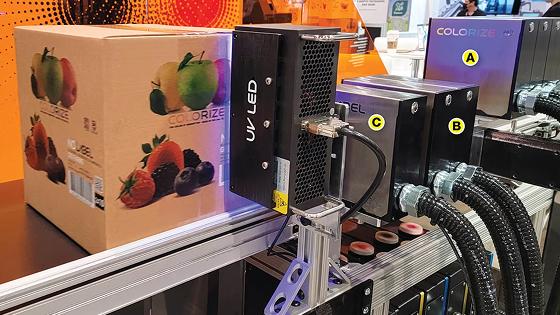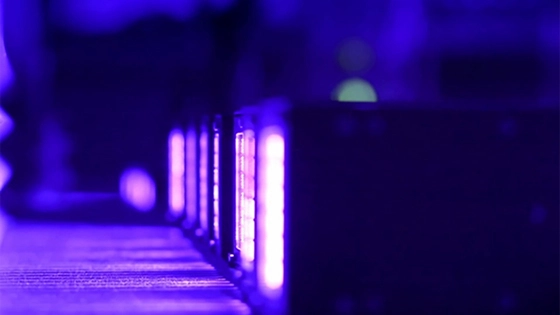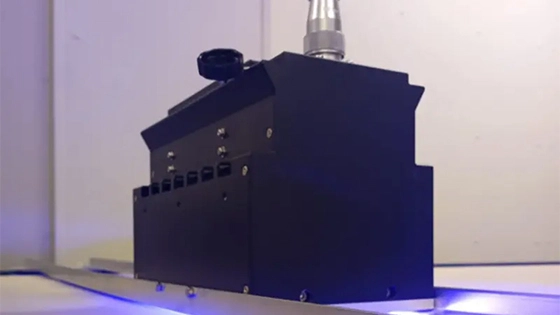Why Regular UV Intensity Checks Are Critical for LED Curing Lamps in Printing
UV LED curing lamps have revolutionized inkjet printing with instant ink curing, energy efficiency, and superior print quality. However, their performance hinges on one key factor: maintaining optimal UV intensity. Regular intensity monitoring ensures consistent curing results and prevents costly production issues.
The Science Behind UV Curing
UV LED lamps emit ultraviolet light (365nm-405nm) to trigger photochemical reactions in inks. The curing speed and depth directly depend on:
- UV intensity (W/cm²) – Determines reaction energy
- Spectral match – Ink chemistry requires specific wavelengths
- Exposure time – Controlled by conveyor speed
3 Reasons to Monitor UV Intensity
① Prevent Performance Degradation
- UV LEDs lose ~5% output/year – radiometers detect early declines.
- Example: 16W/cm² lamp dropping to 14W/cm² increases curing time by 20%.
② Ensure Print Consistency
- Temperature/humidity fluctuations alter UV output.
- Unchecked variations cause:
✓ Poor ink adhesion
✓ Color shifts in Pantone matches
③ Meet Industry Standards
- ISO 9001 and G7 require documented UV dose control.
- FDA-compliant inks need precise 300-400mJ/cm² exposure.
How to Measure UV Intensity
- Tools: Handheld radiometers (like UVICURE-X3) or embedded sensors.
- Best Practices:
- Test monthly (high-volume printers) or quarterly
- Measure at 3+ points across lamp width
- Log data for compliance audits
| High-volume (24/7) | Weekly |
| Medium production | Monthly |
| Low-volume | Quarterly |
In summary, the curing effect of printing inks is highly dependent on the UV intensity of the UV LED systems. By frequently checking UV intensity, printers can proactively maintain the effectiveness of the curing process, address potential degradation or variation, and ensure compliance with industry standards. Ultimately, this practice contributes to consistent print quality, improved adhesion and the overall success of inkjet printing applications.






